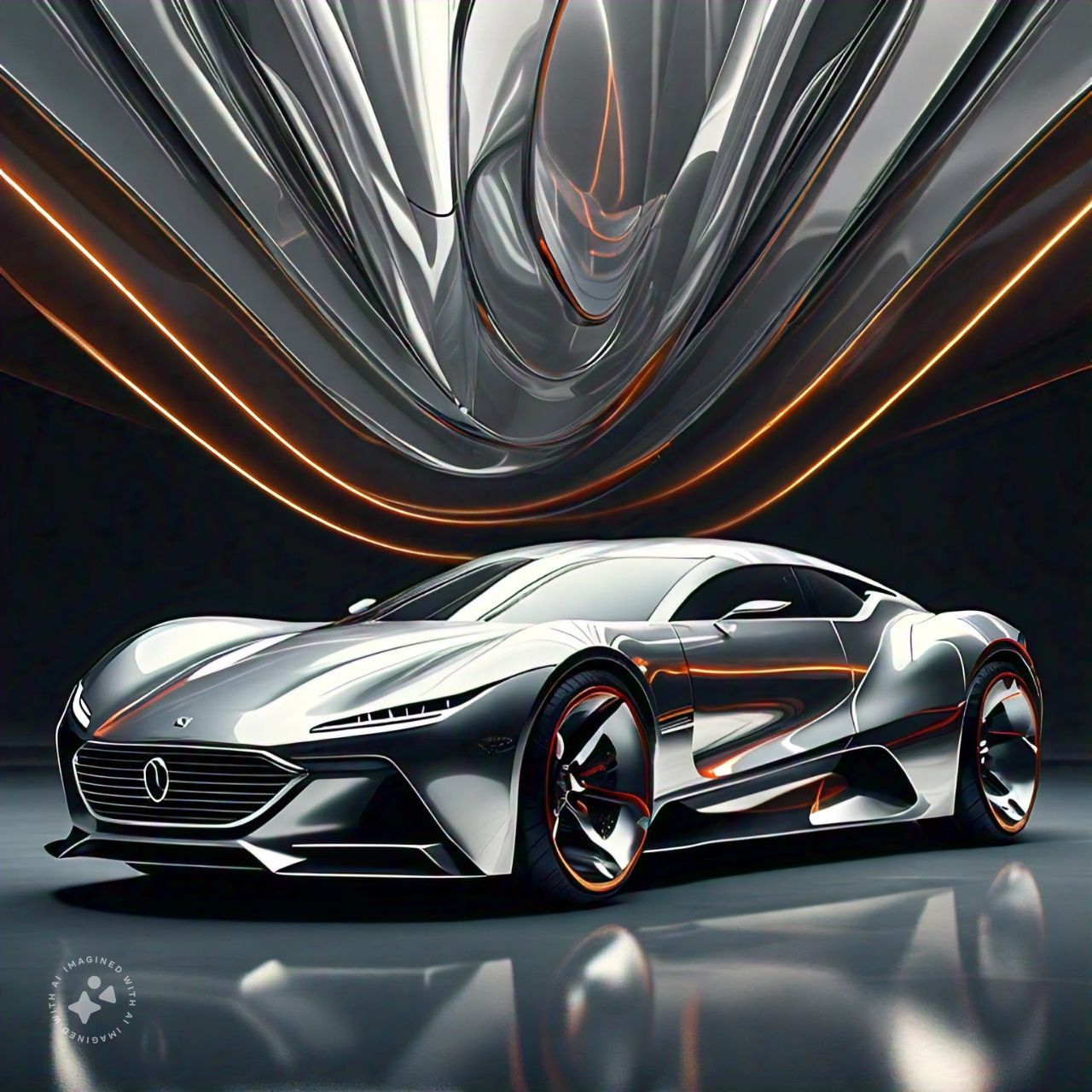The automotive industry has undergone a dramatic transformation over the past century, but none as significant as the shift from internal combustion engines (ICE) to electric vehicles (EVs). This evolution represents not just a technological advancement but a crucial step toward a more sustainable and environmentally friendly future. As we look at the trajectory of electric vehicles, it becomes clear that they are more than just a passing trend—they are a cornerstone of modern efforts to combat climate change and reduce our carbon footprint.
The Early Days: Beginnings of Electric Mobility
Electric vehicles have a longer history than many might assume. The concept of electric propulsion dates back to the 19th century. In fact, the first practical electric cars appeared around the 1820s. These early models, however, were limited by their rudimentary technology and short range. Despite their initial promise, they were overshadowed by the rise of gasoline-powered vehicles, which offered greater range and faster refueling times.
By the early 20th century, electric vehicles were largely relegated to niche markets, such as urban delivery services and taxis, due to the dominance of gasoline engines. The advent of the internal combustion engine, coupled with mass production techniques pioneered by Henry Ford, made gasoline-powered cars more affordable and practical for the average consumer. For decades, this left electric vehicles in the shadows of automotive progress.
The Revival and Technological Breakthroughs
The late 20th and early 21st centuries marked a pivotal period for electric vehicles. Several factors contributed to their revival, including increasing environmental concerns, advancements in battery technology, and supportive government policies.
One of the major breakthroughs was the development of lithium-ion batteries. Unlike their predecessors, which were bulky and had limited energy density, lithium-ion batteries offered a higher energy density and a lighter weight, making them more suitable for use in vehicles. This advancement addressed one of the key limitations of electric vehicles: range anxiety. With improved battery technology, electric cars could now travel longer distances on a single charge, bringing them closer to mainstream acceptance.
In the early 2000s, companies like Tesla Motors, Nissan, and Chevrolet began making headlines with their electric vehicle offerings. Tesla’s Roadster, launched in 2008, was a game-changer. It demonstrated that electric vehicles could be both high-performance and desirable. Tesla’s focus on creating high-efficiency batteries and developing an extensive Supercharger network helped further dispel the notion that electric cars were impractical.
The Mainstream Adoption: From Niche to Norm
As technology continued to advance, electric vehicles transitioned from being a niche product to a mainstream choice. Several factors facilitated this shift:
- Government Incentives and Policies: Many governments around the world began implementing policies to encourage the adoption of electric vehicles. These included subsidies, tax incentives, and rebates for EV buyers, as well as stricter emission regulations for manufacturers. Such measures not only made electric cars more affordable but also created a more favorable environment for their development and production.
- Improved Infrastructure: The growth of charging infrastructure has been a crucial factor in the mainstream adoption of electric vehicles. The expansion of public and private charging stations, along with innovations such as fast-charging technology, has addressed one of the primary concerns of EV owners—access to convenient and reliable charging options.
- Increased Model Variety: As demand for electric vehicles grew, automakers expanded their offerings to include a wider range of models. From compact cars to SUVs and even trucks, electric vehicles are now available in various styles to suit different consumer needs. This variety has helped EVs appeal to a broader audience.
- Environmental Awareness: Growing awareness of climate change and environmental issues has also played a significant role in driving the adoption of electric vehicles. Consumers are increasingly making choices that align with their values, and the environmental benefits of EVs—such as reduced greenhouse gas emissions and lower air pollution—are major selling points.
Challenges and the Road Ahead
Despite the progress, several challenges remain on the road to a fully electric future. One of the ongoing issues is the production and disposal of batteries. While lithium-ion batteries are more efficient, their production involves mining raw materials that have environmental and ethical concerns. Additionally, recycling and disposing of batteries at the end of their life cycle present logistical and environmental challenges.
Another challenge is the need for continued advancements in battery technology. While current batteries are a significant improvement over earlier versions, further innovations are needed to enhance energy density, reduce charging times, and lower costs. Research into alternative battery technologies, such as solid-state batteries, holds promise for addressing some of these issues.
Moreover, the electric vehicle market must also tackle issues related to supply chain constraints and resource management. As demand for EVs grows, ensuring the availability of critical materials and managing production capabilities will be essential for sustaining growth.
Conclusion: A Vision for the Future
The evolution of electric vehicles represents a significant milestone in the automotive industry’s journey toward sustainability. From their early beginnings to their current status as a mainstream choice, EVs have shown remarkable progress in technology, adoption, and acceptance.
As we look to the future, the continued development of electric vehicles will play a crucial role in achieving global environmental goals. With ongoing advancements in technology, supportive policies, and increased consumer awareness, electric vehicles are set to drive us toward a greener and more sustainable future.
The road ahead may be filled with challenges, but the promise of a cleaner, more efficient mode of transportation is well worth the effort. As electric vehicles become an integral part of our transportation ecosystem, they will not only redefine the way we travel but also contribute significantly to the preservation of our planet for future generations.



